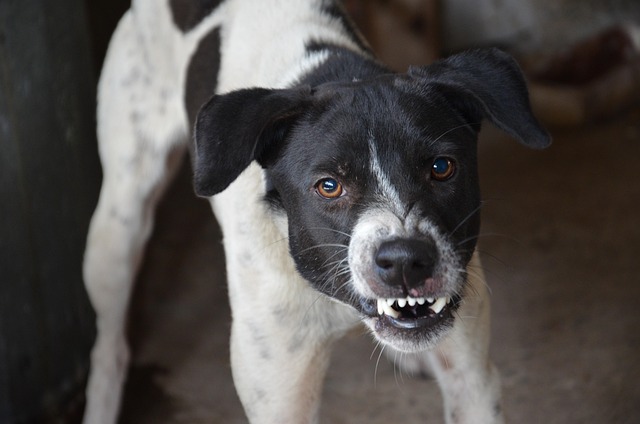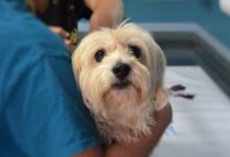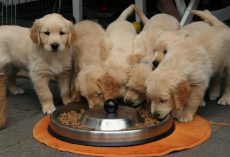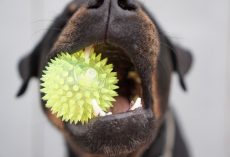Does your sweet, goofy dog suddenly turn into a growling gremlin the moment you reach for his favorite toy?
Or maybe he stiffens over his food bowl, snaps at anyone who gets too close, or even tries to bite when you walk near “his” spot on the couch.
If that sounds familiar, your dog is probably resource guarding — a very common (and totally natural) canine behavior. But even though it’s rooted in instinct, it’s important to address it early, and usually with the help of a professional.
Below, we break down what resource guarding looks like, why it happens and the safest, most effective ways to manage and improve it.
What Is Resource Guarding?
Resource guarding happens when a dog tries to protect something he considers valuable — like food, toys, treats, beds, or even a favorite person.
To your dog, losing that item doesn’t just feel annoying — it can feel threatening. His instincts tell him he must keep it to stay safe.
Guarding behaviors can range from subtle signals all the way to full-blown aggression, including:
- Freezing or hovering over an item
- Placing a paw over it
- Staring intensely
- Showing the whites of the eyes (“whale eye”)
- Lip curling
- Growling
- Lunging
- Snapping or biting
If you notice early signs, step back to avoid escalation — then seek professional support.
Why Do Dogs Resource Guard?
Resource guarding is completely normal from an evolutionary standpoint.
In the wild, animals had to protect food, water and safe resting places to survive.
Even though today’s dogs enjoy comfy beds and daily kibble, they still carry the same genetic “software” their ancestors relied on. That instinct doesn’t disappear just because they’re domesticated.
And it’s not just about food — dogs can guard toys, spaces, beds, stolen objects (like tissues!) and even people.
Do Dogs Grow Out of Resource Guarding?
Unfortunately, no — dogs don’t grow out of it on their own.
Without training, the behavior can escalate, which is why working with a certified dog behaviorist or trainer is strongly recommended.
How to Help a Dog Who Resource Guards
1. Manage the Environment
Prevention is key. Keep high-value or “guardable” items out of reach when possible.
Pay attention to what your dog tends to guard — every dog is different.
If your dog guards a person or a space, use barriers or management tools (like crates or baby gates) to prevent situations that trigger the behavior.
2. Work With a Professional
Since resource guarding can escalate into dangerous behaviors, professional help is the safest, most effective route.
A behaviorist can design a customized plan and safely guide you through training.
3. Use Desensitization & Counterconditioning
These training techniques help your dog feel safe and teach him that giving something up leads to something better.
The basic idea:
- You approach calmly.
- Your dog gets something amazing (like a piece of chicken).
- Over time, he learns your presence near his stuff predicts rewards — not loss.
The golden rule? Always trade up.
If you’re asking your dog to surrender something he values, offer something even higher-value in return.
Once he’s confident, a trainer may add distance, new locations and different people to reinforce the behavior.
Remember: Slow and steady wins the race.
4. Teach the “Leave It” Cue
Training “leave it” helps your dog learn to disengage from tempting items on command.
It also builds impulse control — which reduces guarding overall.
How to Prevent Resource Guarding (if It Hasn’t Started)
- Learn your dog’s body language so you can catch subtle signals early
- Avoid taking items by force
- Always “trade up” when you need to remove something
- Make your approach to your dog’s items a positive experience
These habits help build trust and reduce the chances of guarding behaviors developing.
Final Thoughts
Resource guarding is incredibly common, but that doesn’t mean you should ignore it.
With guidance from a qualified dog behaviorist — plus patience, management and positive training — most dogs can make huge progress.
If your pup isn’t resource guarding, great! Following preventative steps can help keep it that way.
And if he is guarding, don’t panic — with time, consistency and the right support, your dog can learn to feel safe, relaxed and confident again.











